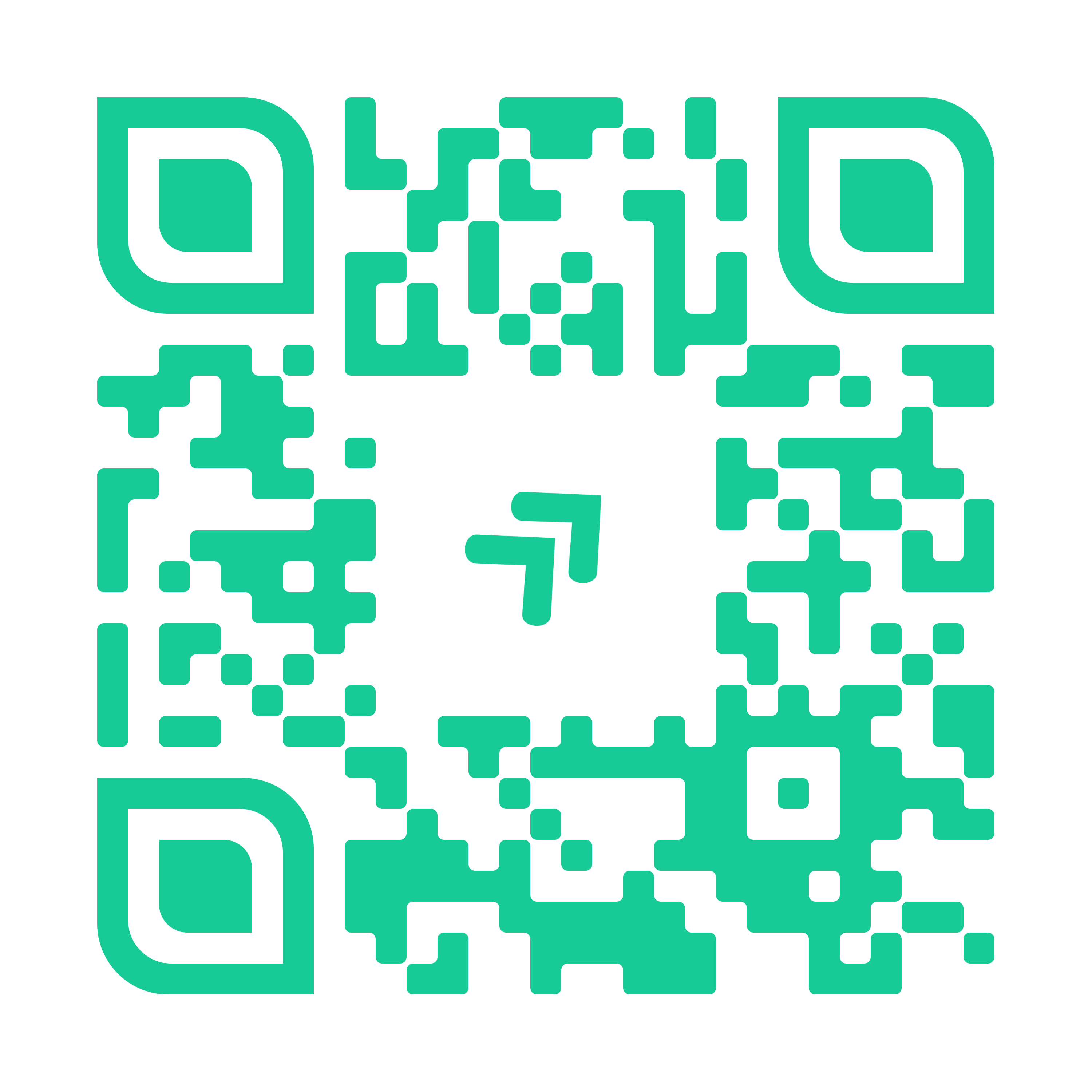
The care sector can utilise NFC (Near Field Communication) tags and QR codes in several innovative ways to improve efficiency, communication, and the overall experience for residents, families, and staff. By integrating NFC tags and QR codes into everyday operations, the care sector can enhance communication, improve access to information, and create a more seamless, interactive experience for residents, staff, and families alike.
Scan to contact us via our QR Code.
